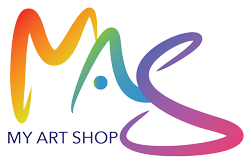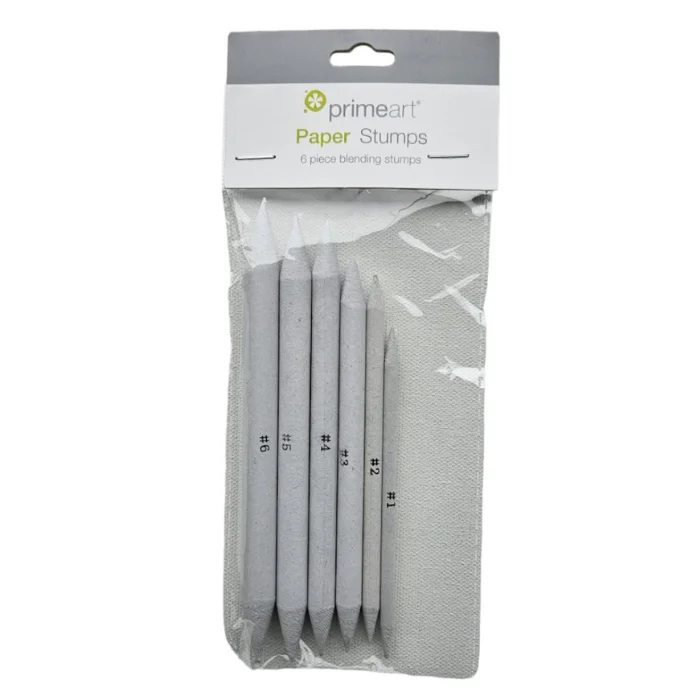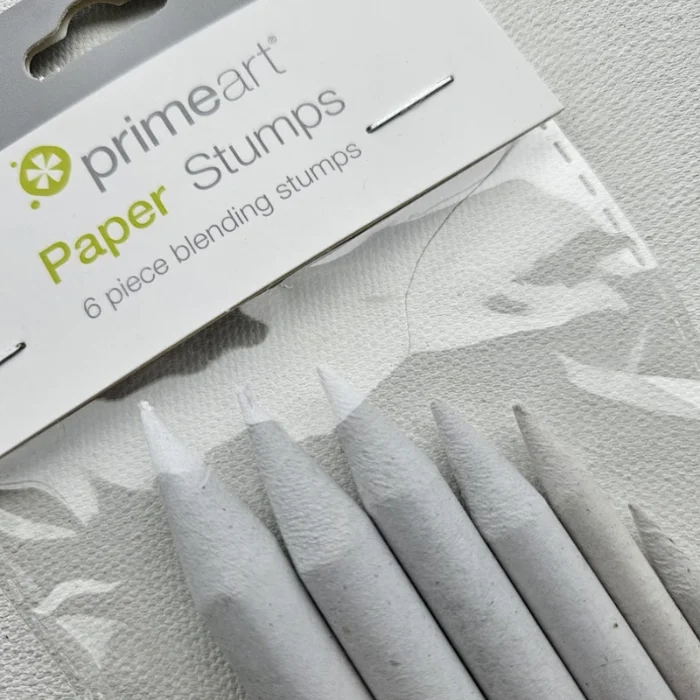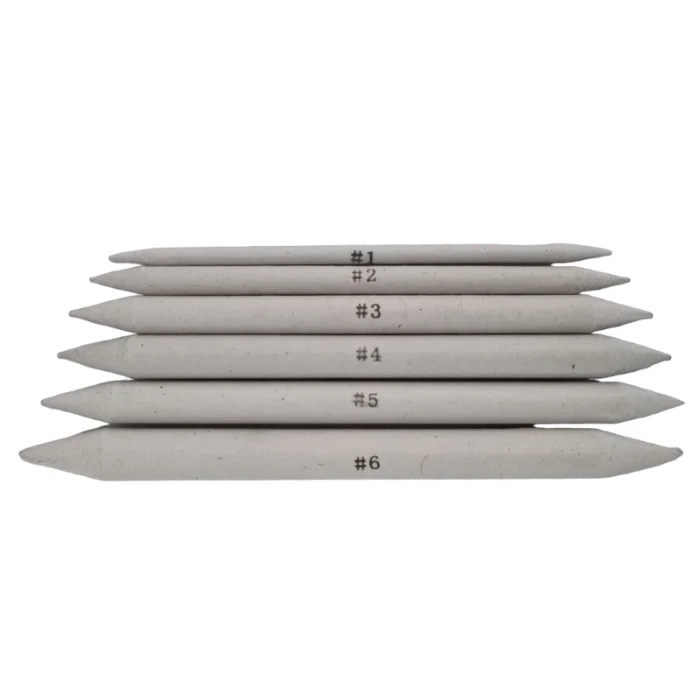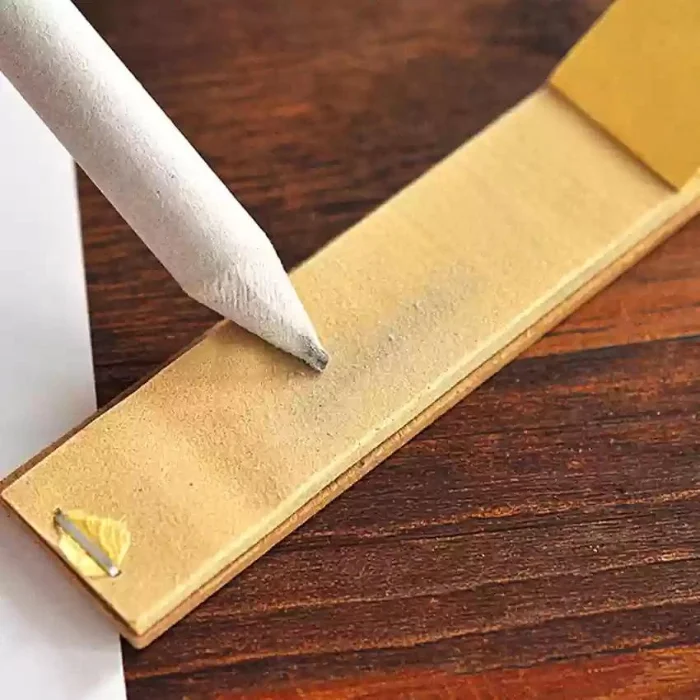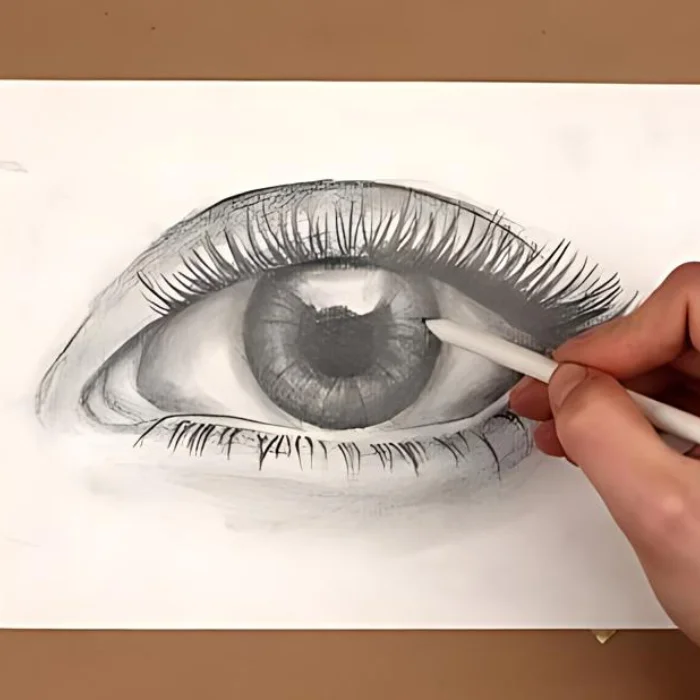Prime Art Paper Stump Set
- Prime Art Paper stumps can be used instead of your fingers to smudge and blend charcoal, pastel and graphite.
- The defined tip makes them more accurate than using your finger and a lot less messy.
- A blending stump is a useful drawing accessory.
- Easy to sharpen with a sanding block or a pencil knife.
- The Prime Art Paper Stump Set contains 6 pieces.
R50.00
Standard Shipping
- Prime Art Paper stumps can be used instead of your fingers to smudge and blend charcoal, pastel and graphite.
- The defined tip makes them more accurate than using your finger and a lot less messy.
- A blending stump is a useful drawing accessory.
- Easy to sharpen with a sanding block or a pencil knife.
- The Prime Art Paper Stump Set contains 6 pieces.
You may also like…
-
Sale!
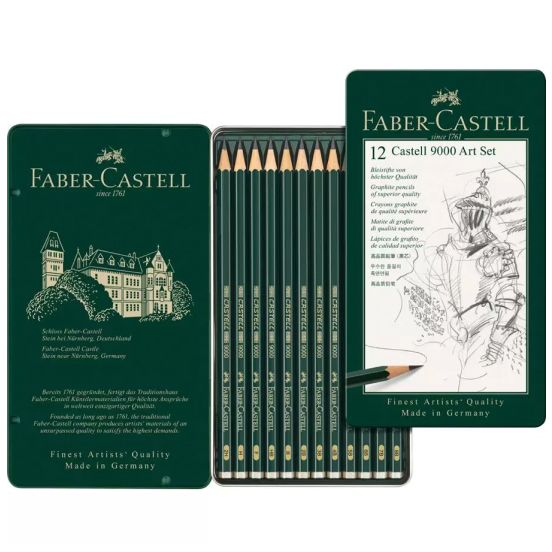
12’s Faber Castell 9000 Sketching Pencil Set
Standard Shipping
Original price was: R425.00.R375.00Current price is: R375.00. Lock in the Loot -
Sale!
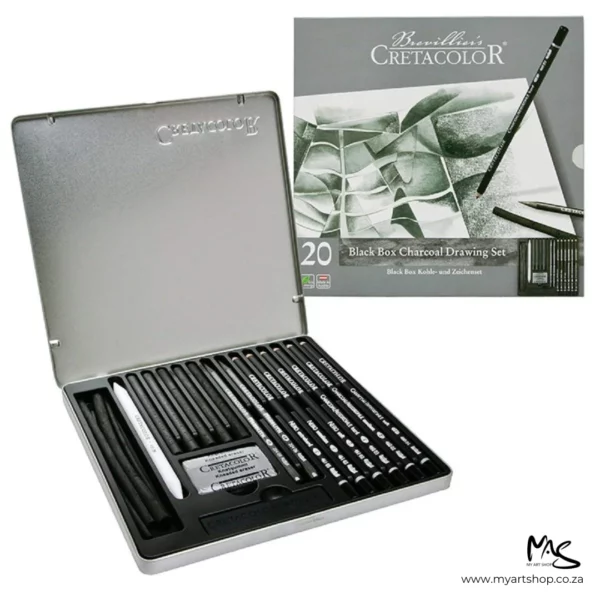
Cretacolor Black Box Set
Standard Shipping
Original price was: R595.00.R450.00Current price is: R450.00. -
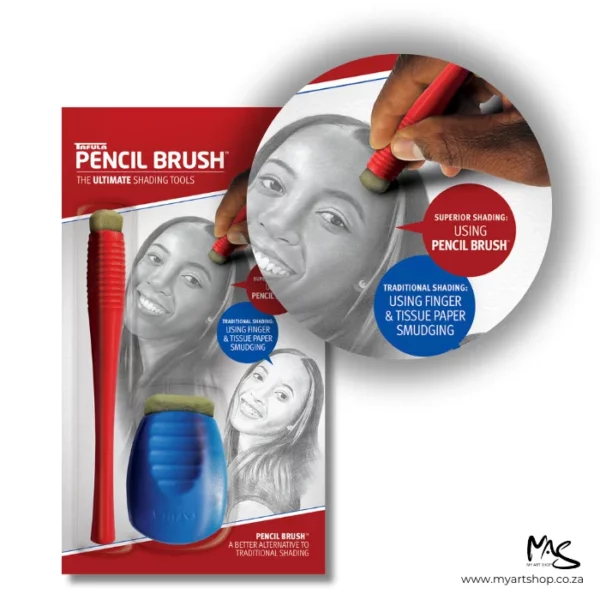
Tafula Pencil Brush Shader Set
Standard Shipping
R160.00 -
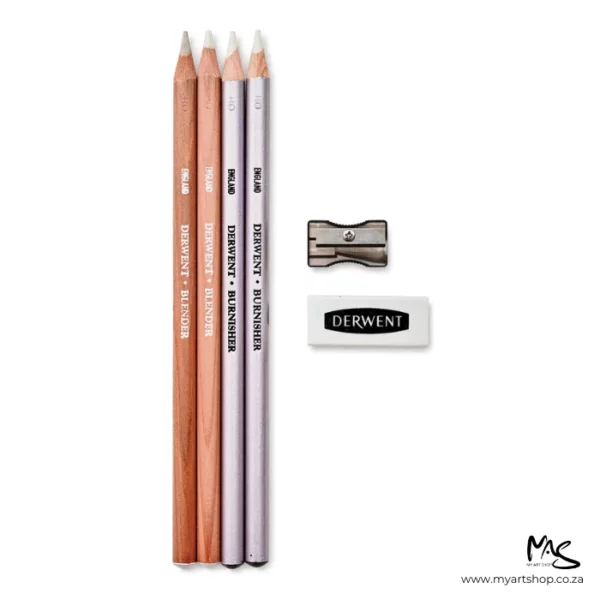
Derwent Burnisher and Blender Set
Standard Shipping
R220.00 -
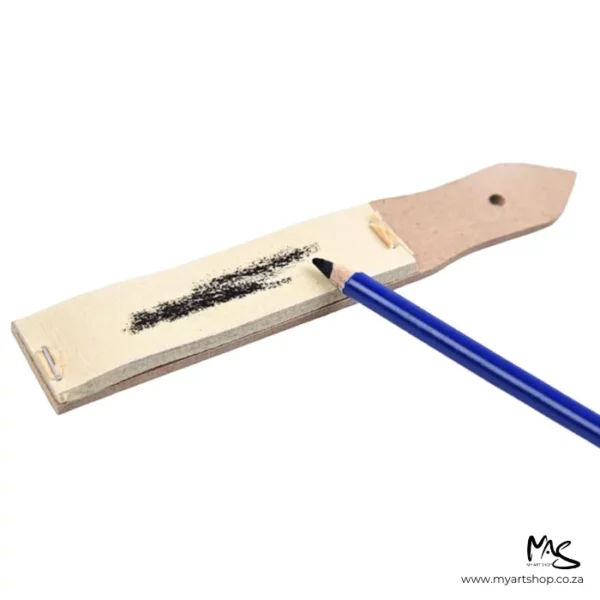
Sandpaper Sharpening Block
Standard Shipping
R30.00
Things You Should Know
Rub your drawing with the side or tip of the blending stump to smooth transitions between light and dark values:
If you want to create a smooth transition from light to dark shades, hold your blending stump at an angle. Start by blending areas of light value with the side or tip of the stump and work your way into the darker values to remove rough sketch lines or edges. Keep working the blending stump in small circular movements or short, straight strokes to soften the edges and blend the tones together. For example, try drawing a ball and shade it so it’s darker on one side and light on the other. Then, blend the light values into the dark values so the ball looks smooth and rounded. If you want to create a soft edge, push down on the tip of the blending stump to dull it. Then drag the tip of the stump across the paper to make the edge.
Drag your blending stump in a single direction using short strokes to smudge the values and create small details.
If you just want to soften a portion of your drawing or just blend a small area, push the tip of the blending stump into the charcoal or graphite. Gently move the blending stump in short, straight lines to create soft smudges and blend in hard lines. For example, if you’re drawing an eye, smudge the iris so it doesn’t appear sharp or lined. You can also use short smudges between values to help mimic a woven pattern of fabric.
Use your blending stump over charcoal or graphite to darken and fill in gaps of paper still showing through.
Press down with your graphite or charcoal more than you usually would while you’re sketching so a lot of material transfers to the paper. Then, rub the blending stump over the material so the graphite or charcoal transfers onto it. Rub the stump along the blank paper of your drawing to spread a lighter shade of the material and create depth. When your blending stump stops spreading material, rub the stump in the darker shade to keep applying more value to your image. For example, if you’re drawing someone smiling with their mouth open, you might shade an even layer of a dark shadow inside the mouth and rub it with your blending stump. Then rub the stump near the corners of the mouth to add soft shadows where the skin creases.
Rub the stump over thick material to completely darken the space.
If you’re using charcoal or graphite to draw something that appears black, tiny points of the white paper may still be visible through the shading. Take the side of your blending stump and gently rub it over the charcoal or graphite. The stump will move the material so it fills in the very tiny gaps in the paper. If you still see bits of white, try adding more charcoal or graphite before spreading it again with the blending stump.
Draw with a dirty blending stump to create softer lines and edges.
Instead of smudging or blending charcoal or graphite that’s already on your paper, work with a dirty blending stump on clean paper. Apply graphite or charcoal onto a separate piece of paper, and rub the side of your blending stump in it. Then, use the tip and side of your blending stump on a fresh sheet of paper to draw. The dirty stump is already loaded with charcoal or graphite, so it will transfer the material to clean paper. For example, if you’d like to draw a wispy cloud or a shadow, use the blending stump as though it were your charcoal or pencil. Rub firmly to get the darkest shade, and reduce pressure when you want to have a lighter tone on your image.
Maintaining Blending Stumps:
Wipe the blending stump on scrap paper to remove excess graphite.
After using your blending stump, it will turn dark and hold onto the graphite or charcoal from your drawing. Rub the blending stump on a spare sheet of paper every few minutes to prevent it from dropping charcoal or graphite onto your paper. The excess graphite or charcoal will transfer to the scrap paper instead of your drawing.
Rub the blending stump against fine-grit sandpaper to clean it.
After a few uses, your blending stump will darken as it’s loaded with more charcoal or graphite. Lay a piece of fine-grit sandpaper down with the abrasive side up. Rub the tip of the blending stump against the sandpaper until you remove all the darkened areas and reveal a clean layer of paper. You may try using coarse-grit sandpaper to clean your blending stump more quickly, but it may fray the edges.
Paper stumps, also known as blending stumps or tortillons, are tightly rolled paper tools used for blending and smudging dry media like charcoal, pastel, and graphite in drawings. They have a defined, pointed tip that allows for precise blending in small areas. Paper stumps come in various sizes to accommodate different blending needs.
How to Use Paper Stumps for Blending
Smudging: Drag the stump to smudge different elements of your drawing. Use small circular motions to create interesting patterns.
Shading: Apply graphite to the stump by drawing scribbles on scrap paper. Use light, consistent strokes to layer the graphite onto your drawing.
Blending: Use a clean stump to push the graphite back and forth lightly until the tones blend together. Use very light pressure to avoid damaging the paper
Blending Light Values: Always use a clean stump when blending light values. Sand the stump a few times during the process to keep it clean.
Blending Dark Values: Use a stump to spread graphite and fill in the tiny grooves in the paper to achieve smooth, dark values.
How to Clean Paper Stumps
Sharpen the tip using sandpaper to remove excess graphite and create a defined point
Sand the entire stump to remove graphite and create a fuzzy texture that blends well
Use dedicated stumps for dark, medium, and light shades to avoid excessive cleaning
High quality art supplies at the lowest prices!
